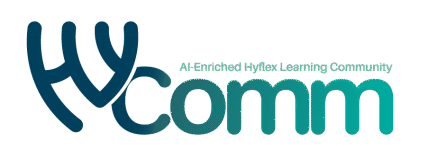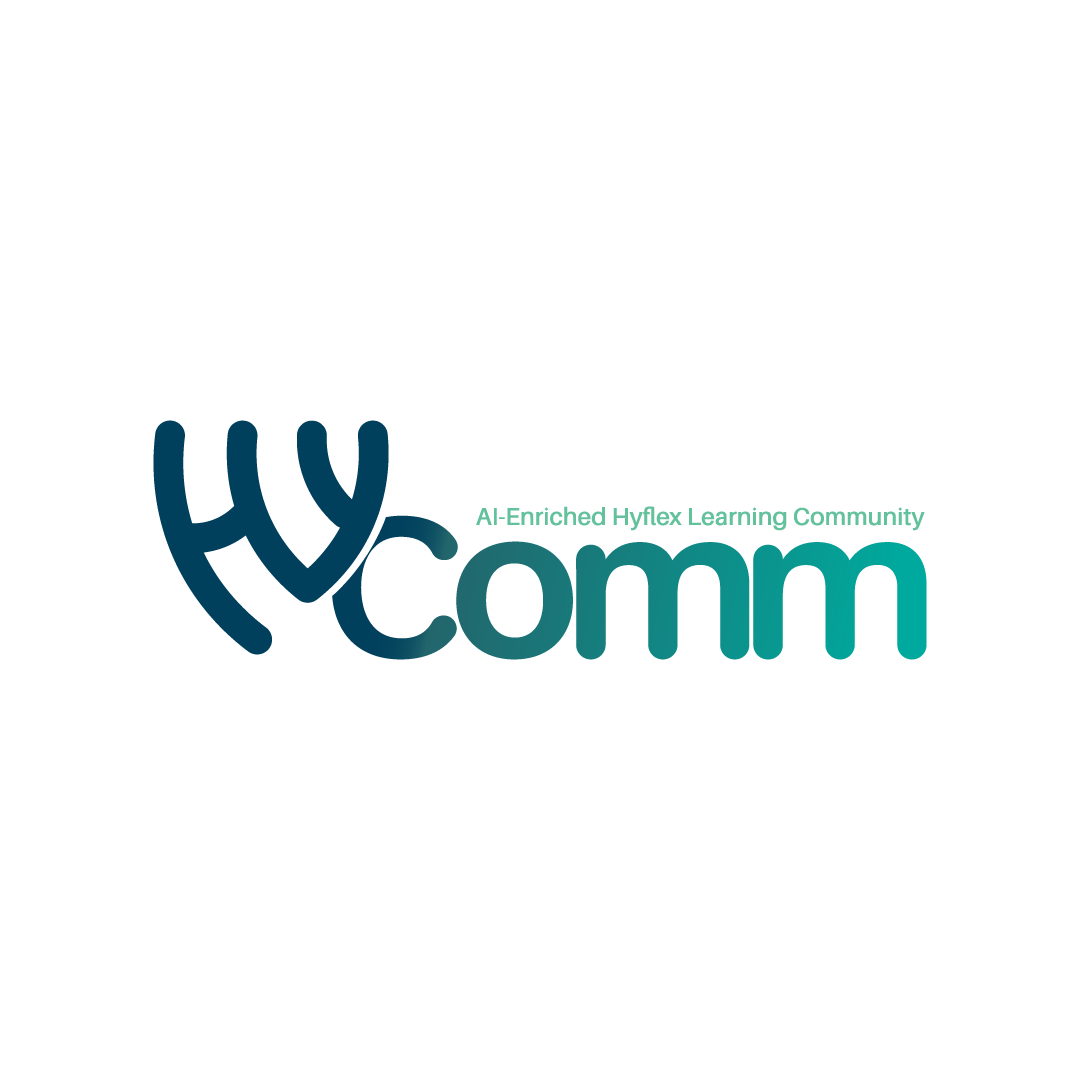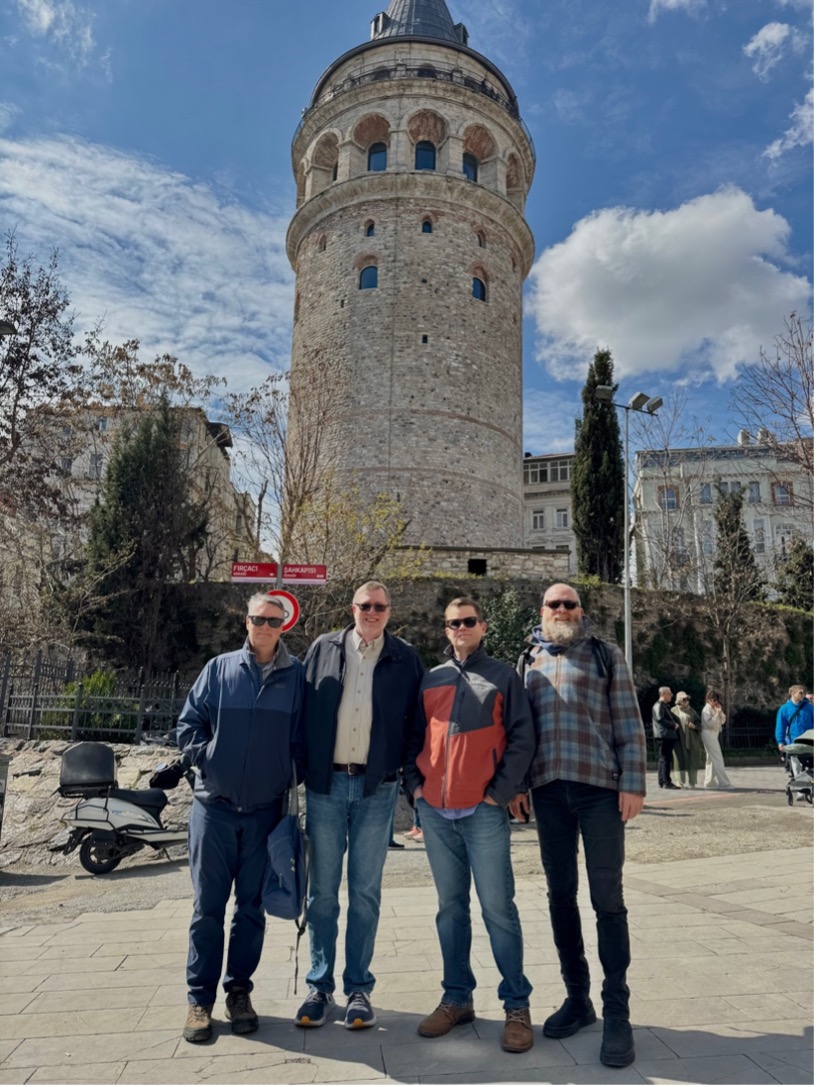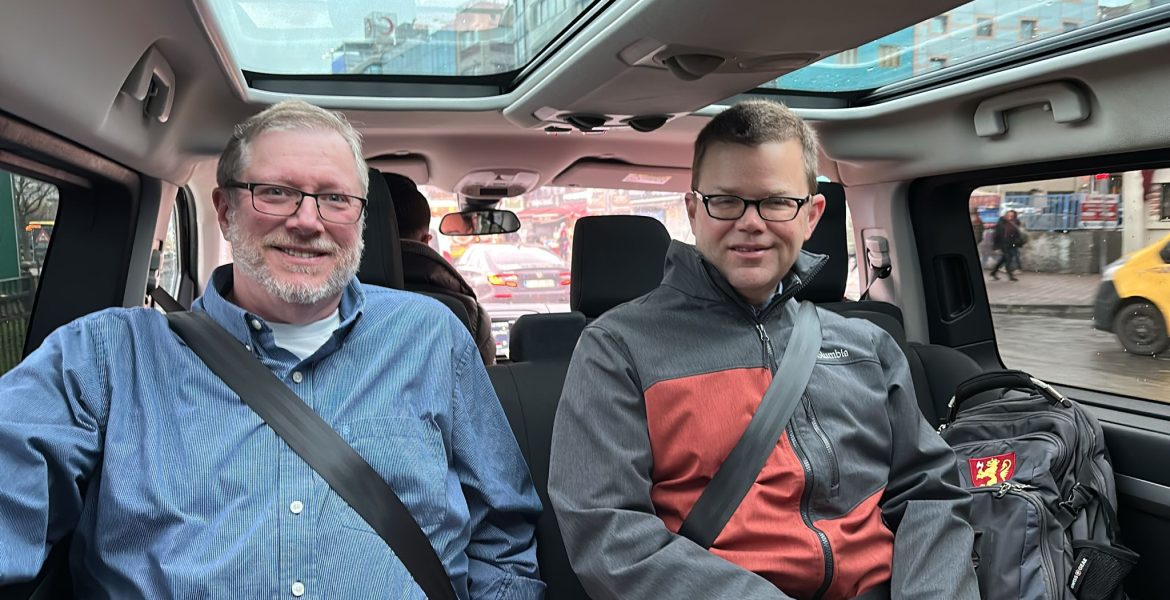
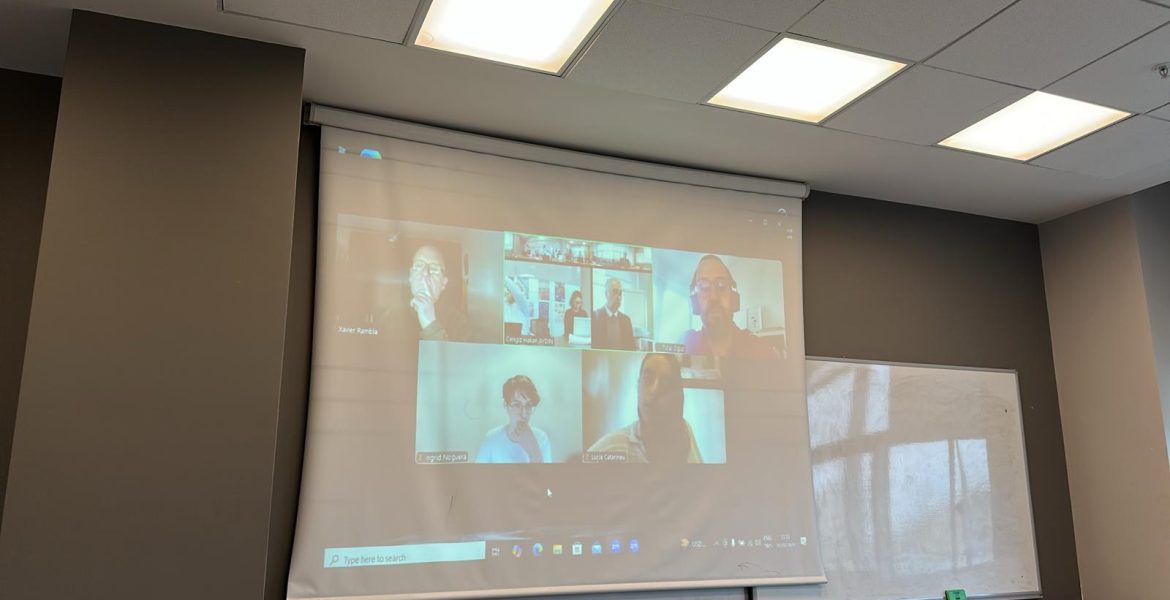
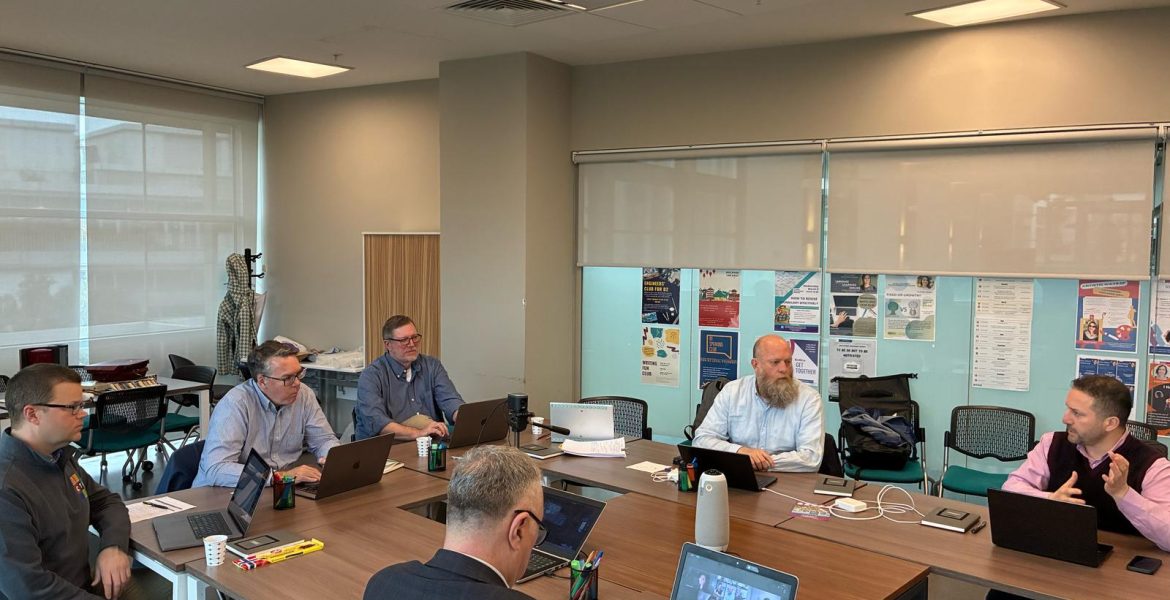
AI and HyFlex: Co-Designing Higher Education Futures with HyCOMM
As the world becomes increasingly driven by technological innovations that impact how we work and learn together, it is clear that the most important element of any teaching and learning environment is flexibility. As educators and administrators committed to our roles, we must continually ask ourselves the following question: what kinds of tools and approaches give us opportunities to reach the widest, most diverse groups of students in situations that give them the best chance to learn? As we convened at Özyeğin University in Istanbul to begin focused work on the HyCOMM project, it was clear that the members of the project team were perfectly positioned to begin answering this urgent question.
The unique character of HyCOMM, focusing on extending the application of HyFlex teaching and learning with generative AI (GenAI) tools in mind, is supported by academics who have a wealth of experience in each area of the project. Dr. Brian Beatty (San Francisco State University, USA) is the clear authority in all matters related to HyFlex pedagogy, an approach that gives students as many options as they can have for engaging in specific courses and curricula. Dr. Robert Gray (University of Bergen, Norway) is keenly insightful when it comes to understanding and advocating for how students learn best in any medium. Dr. Kenan Dikilitas (University of Bergen Norway) is an acknowledged expert in the field of educational technology and, alongside Dr. Ingrid Noguera (Autonomous University of Barcelona, Spain) has worked in harnessing opportunities for designing teaching experiences with flexibility at the forefront. Our host at Özyeğin University, Dr. Cengiz Hakan Aydin, is a longstanding expert and worldwide leader in academic technology.
As tools and platforms become more sophisticated and available for students, I feel that we must approach HyFlex as both a pedagogical model and an ethos for change. In other words, while there may not be a perfect concrete solution for giving students flexibility, we must continue to shape their learning experiences with flexibility as our guiding principle. From my own perspective as a researcher in teaching and learning technologies at the University of Texas at Austin USA, the emergence of GenAI can provide a piece of the puzzle when it comes to giving students the chance to personalize their learning with materials curated by their teachers. In similar fashion, teachers can use GenAI to design experience for their students that give them just-in-time learning materials that are based on their strengths and needs. GenAI tools, then, can be both tutors for teachers and students as well as points of mentorship and connection between them.
Working closely with Dr. Beatty in Istanbul, who generously worked with us to expand the horizons of HyFlex with GenAI in mind, was an incredibly rewarding experience in which I learned more than I could have hoped. I feel that we were able to work together in a seamless fashion and were very productive during our visit.
For many years now, educators and researchers have dreamed of using technology in innovative and responsible ways to advance what is possible for their students. Existing technologies, however, have not always met the criteria to help achieve these worthy aspirations. The goals of HyCOMM, which bring these dreams closer to fruition, perfectly align with the rich and diverse talents of assembled team and I am all but certain that the impact of HyCOMM as a new model for 21st century education will be deep and long-lasting.
